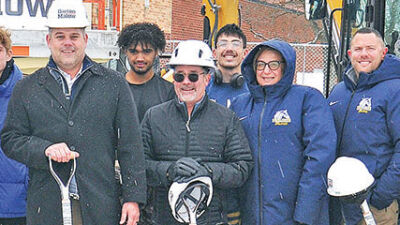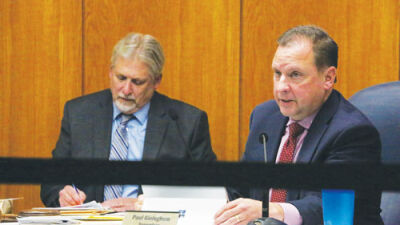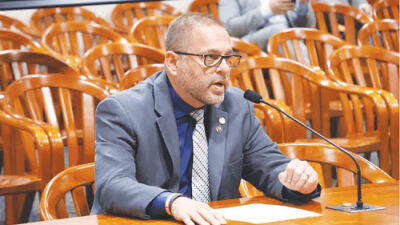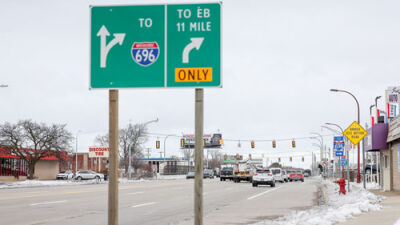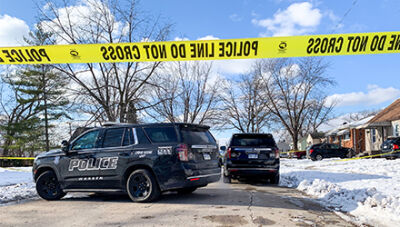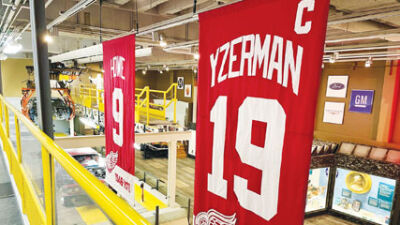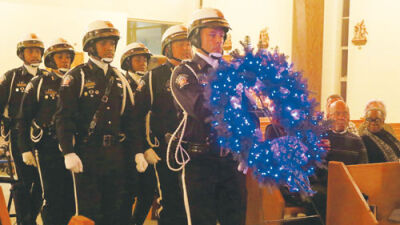FRASER — At its meeting on May 8, the Fraser City Council approved new ordinance language and amendments pertaining to driveways in the city in a 6-0 vote.
Councilwoman Sherry Stein was excused at this point in the meeting.
Items attached to the agenda state that these are a few of the specified changes:
• Parking shall be restricted to asphalt or concrete surfacing. The city engineer may approve alternative improved surfaces.
• All driveways shall be designed and constructed to prevent stormwater runoff from flowing onto adjacent properties. Driveways must be graded to direct runoff toward appropriate drainage infrastructure, such as swales, culverts, or stormwater management systems.
• Driveways must adhere to the impervious surface maximums specified in Sec. 32-122(4).
• Horseshoe drives may be permitted so long as the maximum impervious surface is not exceeded. Horseshoe drives do not need to adhere to the provisions in Section 32-92(10)(a) but must not exceed a width of 12 feet at the property line.
• Replacing up to 25% of the existing driveway area does not require building or zoning permits.
Fraser City Manager Elaine Leven said planning worked diligently on these changes. Lauren Sayre, Fraser city planner, agreed they’d been working on this for months. She said the ordinance as it was was written over 30 years ago and did not meet the needs of current residents.
The updated ordinance also adds a definition for driveways, specifies the maximum width of the property lines and other things. They separated the ordinance out by garage type: detached garages, attached garages and no garages.
They also proposed impervious surface maximums to, Sayre said, prevent people from completely paving their front yards.
Councilwoman Patrice Schornak said this is well overdue and that a lot of residents have already expanded their driveways.
“Many families now are becoming multifamily homes because of the expensive living in general and so when, especially when we have snow incidences and we’re not allowed to park on the streets, where are we supposed to put all these cars?” Schornak said.
Councilwoman Amy Baranski told council members and those watching that the reason for the restrictions is to address environmental concerns. She asked Sayre if she thinks they are adequately protected. Sayre said she consulted with city engineers, and they are comfortable with it as well.
Sayre said she thinks the ordinance changes address a lot of resident concerns.
“We heard that in the public hearing at Planning Commission from residents as well that a lot of them, this ordinance does accomplish what they need to do,” Sayre said.
She went on to say that it does reduce the number of cases that require a variance.
Councilman Patrick O’Dell asked if the cement in backyards counts with the limitations.
The goal is to keep impervious surfaces on a lot under 50%. Sayre said the ordinance does pertain to any impervious surface residents put on their lot. If residents had a permit before for their lots, things such as a patio or a pool, it would be allowed.
“That’s what I’m trying to get, that if somebody already had an existing amount covered that’s over this new limit, that they’re not going to be able to fix it the way they had it,” O’Dell said. “That’s all I’m saying is, I want citizens being prepared to know that.”
 Publication select ▼
Publication select ▼